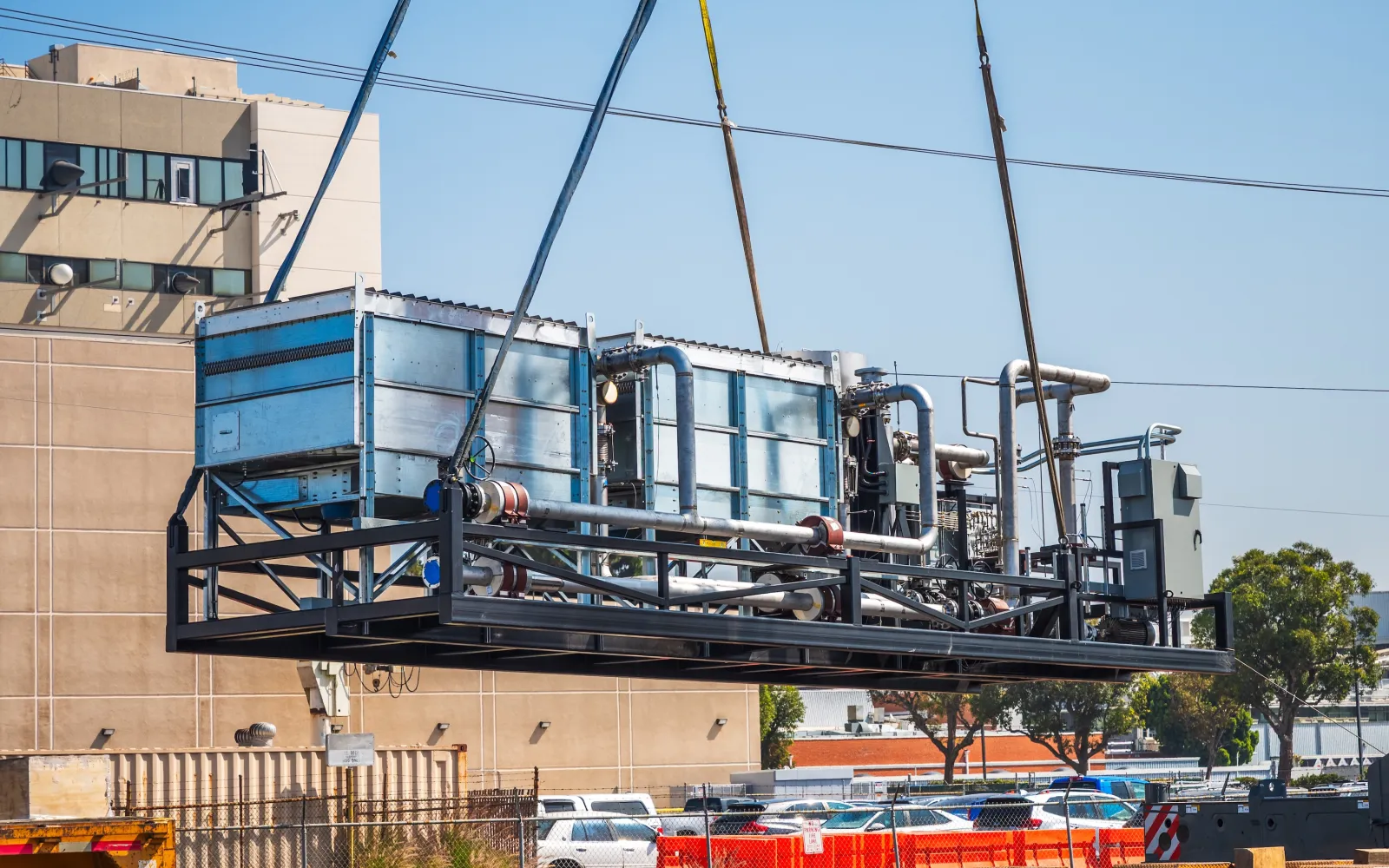

Brimstone
Making carbon-negative portland cement
As venture capitalists dedicated to supporting industry-disrupting, deep-tech solutions to global challenges, we’re thrilled to celebrate a significant achievement of one of our portfolio companies, Brimstone.
Brimstone has just received third-party certification that its cement meets or exceeds ASTM C150 standards for ordinary portland cement (OPC), becoming the first and only ultra-low carbon, carbon-neutral or carbon-negative cement to meet this critical and universally accepted industry requirement.
The certification means Brimstone is now poised to not only disrupt a centuries-old building tradition but also decarbonize the global construction industry, which is one of the biggest producers of greenhouse-gas emissions. At full-scale deployment, Brimstone’s manufacturing process could eliminate well over 2 billion metric tons of carbon dioxide (CO2) emissions each year.
To understand how that’s possible, it helps to have a few key data points that speak to the size and scale of the global cement industry, its carbon footprint, and the significance of ASTM C150.
But how exactly does Brimstone’s process work, and how can it produce cement without emitting CO2? Here’s a quick chemistry explainer: since OPC was first developed early in the 19th century, its production has relied on the process of heating limestone (CaCO3) in kilns to access lime (CaO). This emits substantial amounts CO2 into the atmosphere. These emissions stem from two sources: the release of CO2 trapped within the limestone due to the applied heat, and the combustion of fossil fuels to provide thermal energy to the kiln.
Brimstone’s cement presents a transformative solution. Instead of relying on carbon-heavy limestone, Brimstone uses a carbon-free calcium-silicate rock — so no CO2 is released to access lime. Brimstone’s manufacturing actually goes a step further in addressing cement’s carbon footprint by generating magnesium compounds that permanently absorb CO2. This means Brimstone’s process can be entirely carbon-negative—meaning it pulls CO2 from the air instead of putting it in. While the exact emissions depend on what energy types are available to power the process, they would always be substantially lower-carbon and often carbon-negative — even if clean energy is not yet available in a region.
By becoming the first and only company to develop a carbon-negative process for making industry-standard OPC, Brimstone has eliminated the regulatory hurdles to industry adoption while solving cement’s climate problem.
Brimstone’s achievement showcases the transformative potential of deep-tech innovation in addressing global sustainability challenges, but it’s only the beginning. Brimstone is now moving to scale up its technology: with a pilot plant in Nevada underway and site selection for a commercial-scale facility, the company is actively pursuing partnerships and negotiations for offtake agreements. We at DCVC are excited to support both Brimstone and the construction industry in making significant strides toward achieving climate goals using the company’s breakthrough carbon-negative process for making OPC.
Rachel Slaybaugh is a Partner at DCVC.




